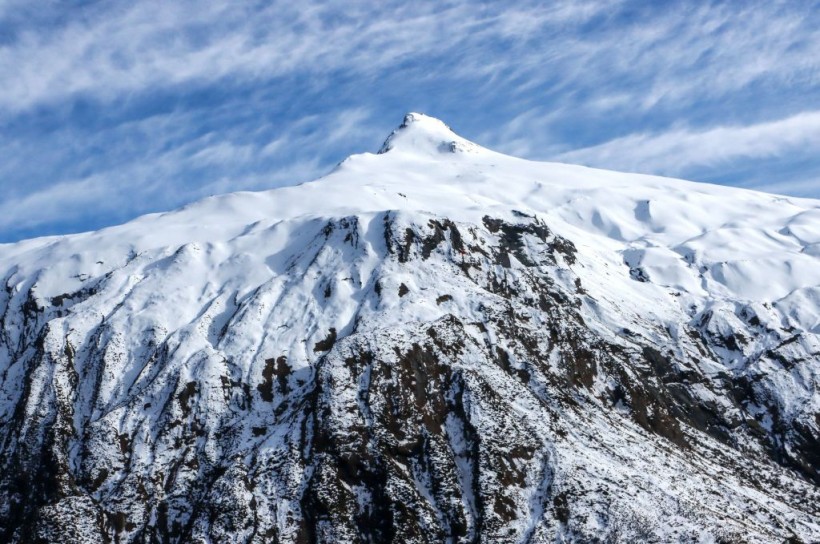El Niño is a climate phenomenon that occurs when the surface waters of the tropical Pacific Ocean become warmer than normal, affecting weather patterns around the world.
One of the regions that experiences significant changes in winter precipitation due to El Niño is western North America, where the amount and distribution of rain and snow can vary widely depending on the strength and location of the warm water.
However, not all areas of western North America are equally affected by El Niño.
A new study suggests that the presence of mountains plays a crucial role in modulating the impact of El Niño on winter precipitation, especially in the southwestern United States and northwestern Mexico.
How mountains influence the jet stream and moisture transport
 (Photo : DAVID GRAY/AFP via Getty Images)
(Photo : DAVID GRAY/AFP via Getty Images)

The study, led by researchers from the Ohio State University, used a high-resolution climate model to simulate the effects of El Niño on winter precipitation over western North America under different scenarios of mountain height.
The researchers found that the height of the mountains affects the position and strength of the jet stream, a band of fast-moving air that influences the movement of storms and moisture across the continent.
When the mountains are higher, the jet stream tends to be stronger and more southward, bringing more moisture and precipitation to the southwestern United States and northwestern Mexico.
When the mountains are lower, the jet stream tends to be weaker and more northward, bringing less moisture and precipitation to these regions.
The researchers also found that the location of the warm water in the Pacific Ocean affects the jet stream and moisture transport.
When the warm water is closer to the coast of South America, the jet stream is more southward and the moisture transport is more eastward, resulting in more precipitation over the southwestern United States and northwestern Mexico.
When the warm water is farther away from the coast of South America, the jet stream is more northward and the moisture transport is more westward, resulting in less precipitation over these regions.
Also read: How Previous El Niños Revealed Crucial Information About Climate Change
Implications for water resources and climate adaptation
The findings of the study have important implications for water resources and climate adaptation in western North America, where precipitation is highly variable and sensitive to El Niño.
The study suggests that the mountains act as a buffer that enhances the positive effects of El Niño on winter precipitation in the southwestern United States and northwestern Mexico, while reducing the negative effects of El Niño on winter precipitation in the northwestern United States and southwestern Canada.
Moreover, mountains could amplify the effects of climate change on winter precipitation in western North America, as climate change is expected to increase the frequency and intensity of El Niño events in the future.
Therefore, understanding how mountains affect El Niño-induced winter precipitation is essential for improving water conservation planning and management along the Colorado River and other major water sources in the region.
Related article: El Nino Alert: Bureau of Meteorology Warns of Drier Conditions for Australia in Coming Months
© 2024 NatureWorldNews.com All rights reserved. Do not reproduce without permission.

![Tsunami Hazard Zones: New US Map Shows Places at Risk of Flooding and Tsunamis Amid Rising Sea Levels [NOAA]](https://1471793142.rsc.cdn77.org/data/thumbs/full/70325/280/157/50/40/tsunami-hazard-zones-new-us-map-shows-places-at-risk-of-flooding-and-tsunamis-amid-rising-sea-levels-noaa.jpg)



